Apple Wood
$300.00 – $735.00Price range: $300.00 through $735.00
Apple Wood
Apple wood, sourced from the fruit-bearing apple tree (Malus domestica), is a versatile hardwood cherished for its subtle aroma and elegant appearance. Widely cultivated in temperate regions worldwide, this wood has transitioned from orchard byproduct to a sought-after material in woodworking and culinary arts. In this detailed guide, we’ll uncover the origins, distinctive properties, practical applications, and care tips for apple wood, empowering you to explore its full potential.
The Origins and History of Apple Wood
Apple trees, native to Central Asia but now grown extensively in Europe, North America, and beyond, have been cultivated for thousands of years for their fruit. The wood from these trees, often pruned during orchard maintenance, has a rich history dating back to ancient civilizations. In medieval Europe, apple wood was used for crafting tools and furniture, while in colonial America, it became a staple for barrels and smoking meats.
Today, apple wood is harvested sustainably from apple orchards, where trees are managed for both fruit and timber production. Its mild nature and availability have made it a favorite among artisans and chefs, blending tradition with modern innovation.
Key Properties of Apple Wood
Apple wood is known for its light, creamy color and fine, even grain, which gives it a refined look. The heartwood is pale yellow to light brown, with minimal contrast from the sapwood.
- Density and Strength: Relatively soft and lightweight compared to harder woods, apple wood has a low specific gravity (around 0.6), making it easy to work but less ideal for heavy-duty applications. It offers moderate bending strength and is prone to denting.
- Workability: One of its standout features, apple wood machines smoothly, sands easily, and holds details well. It takes stains and finishes beautifully, often developing a warm glow.
- Durability: Moderately resistant to decay and insects, but it can warp or crack if not dried properly. It’s best suited for indoor use due to its sensitivity to moisture.
- Scent and Texture: Apple wood emits a mild, fruity aroma, reminiscent of fresh apples, which is perfect for culinary uses. The texture is smooth and fine-grained, with a natural luster that enhances its appeal.
These properties make apple wood an accessible choice for beginners and experts alike.
Popular Uses of Apple Wood
Apple wood’s gentle nature lends itself to a variety of creative and functional applications. Here’s an overview of its most common roles:
Smoking and Culinary Applications
In the culinary world, apple wood is prized for its sweet, subtle flavor that complements poultry, pork, and fish without overpowering them. It’s a staple in smokers and grills, especially for recipes like smoked chicken or applewood bacon. Wood chips are also used in home cooking to infuse a delicate, fruity note into roasts and barbecues, making it a versatile tool for flavor enthusiasts.
Furniture and Cabinetry
Apple wood is popular in woodworking for crafting furniture such as chairs, tables, and cabinets. Its light color and fine grain make it ideal for Shaker-style or minimalist designs, where it can be stained to mimic more expensive woods. It’s often used for drawer liners and small carvings due to its ease of shaping.
Flooring and Construction
While not as durable as harder woods, apple wood flooring adds a soft, inviting touch to bedrooms or living rooms. In construction, it’s employed for non-load-bearing elements like trim, moldings, and tool handles, where its workability shines.
Other Creative Applications
Apple wood finds its way into musical instruments, such as violin backs or guitar components, for its resonant qualities. It’s also used in carvings, sculptures, and decorative boxes, where its subtle patterns can be highlighted. In some traditions, it’s crafted into smoking pipes or turned into bowls for its aesthetic charm.
Benefits of Choosing Apple Wood
Choosing apple wood offers several advantages that make it a smart option for various projects:
- Ease of Use: Its softness and workability make it perfect for DIY projects and intricate designs.
- Aesthetic Appeal: The light, natural tones and fine grain provide an elegant, understated look that fits many interiors.
- Eco-Friendly Sourcing: Derived from fruit trees, apple wood promotes sustainable practices in orchards worldwide.
- Culinary Versatility: In cooking, it adds a gentle flavor that enhances without dominating, appealing to a wide range of tastes.
- Health and Safety: Apple wood is non-toxic and safe for food-related uses, with no harmful emissions when burned.
These benefits ensure apple wood is a reliable, enjoyable material for both functional and artistic endeavors.
How to Care for Apple Wood
Proper care is key to maintaining apple wood’s beauty. Begin by seasoning the wood thoroughly—air-drying for 6-12 months to prevent warping. For finished pieces, apply a protective finish like oil or varnish to guard against scratches and moisture. Clean surfaces gently with a damp cloth and mild soap, avoiding abrasive materials.
Store apple wood in a stable environment, away from direct sunlight or humidity extremes, to avoid fading or cracking. With regular maintenance, apple wood can remain vibrant and functional for years.
Conclusion: Why Apple Wood is a Delightful Choice
Apple wood embodies simplicity, elegance, and subtle strength, making it an excellent option for woodworkers, chefs, and crafters. Whether you’re smoking a meal, building furniture, or creating art, its properties deliver reliable results with a touch of natural charm. Embrace the versatility of apple wood and let it inspire your next project. For more tailored advice, connect with local experts or suppliers to discover how apple wood can enhance your endeavors.
| SIZE | 1/2 Cord Pallet, 1/4 Cord Pallet, 1/8 Cord Pallet |
|---|
Reviews
There are no reviews yet.
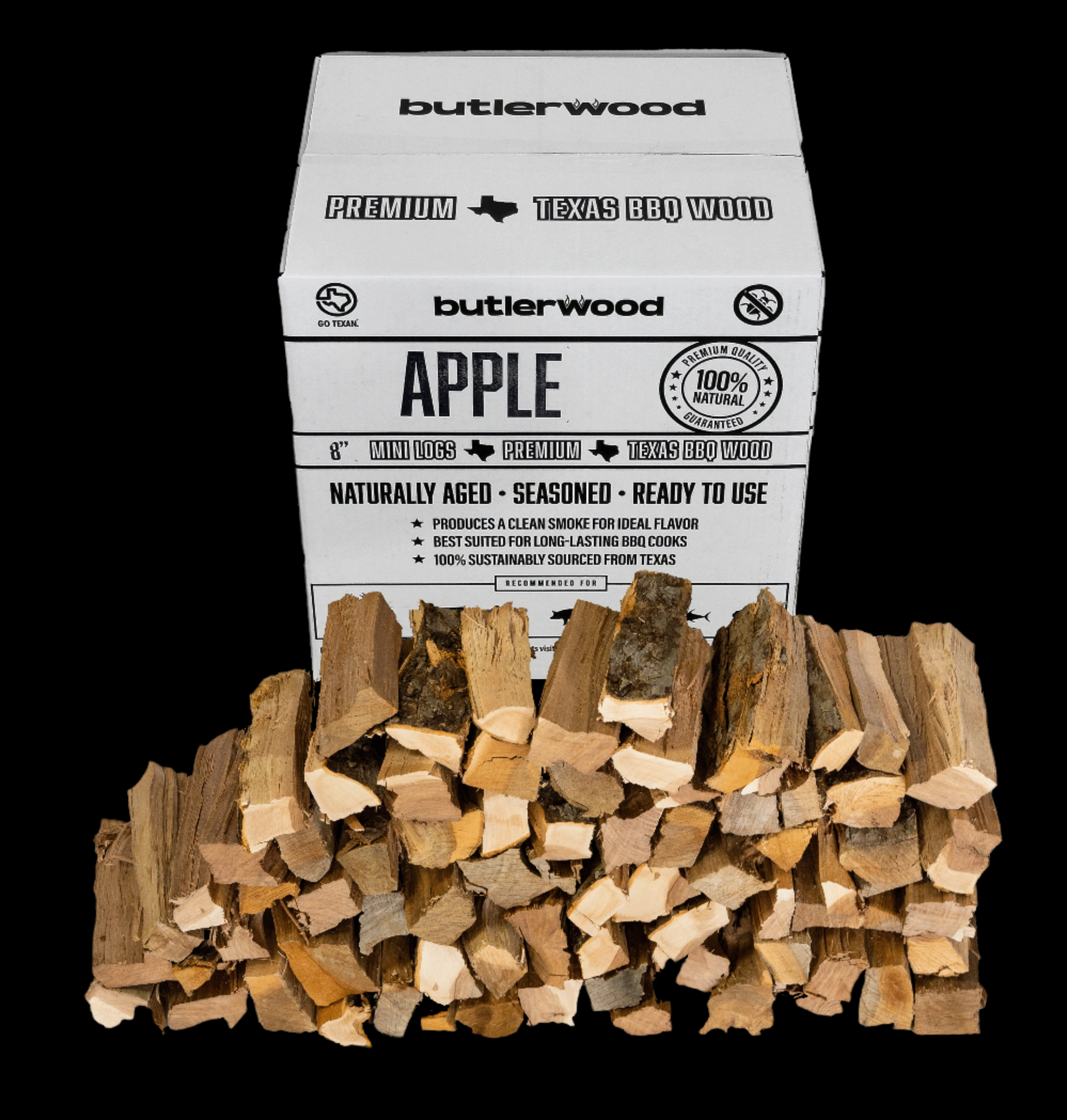
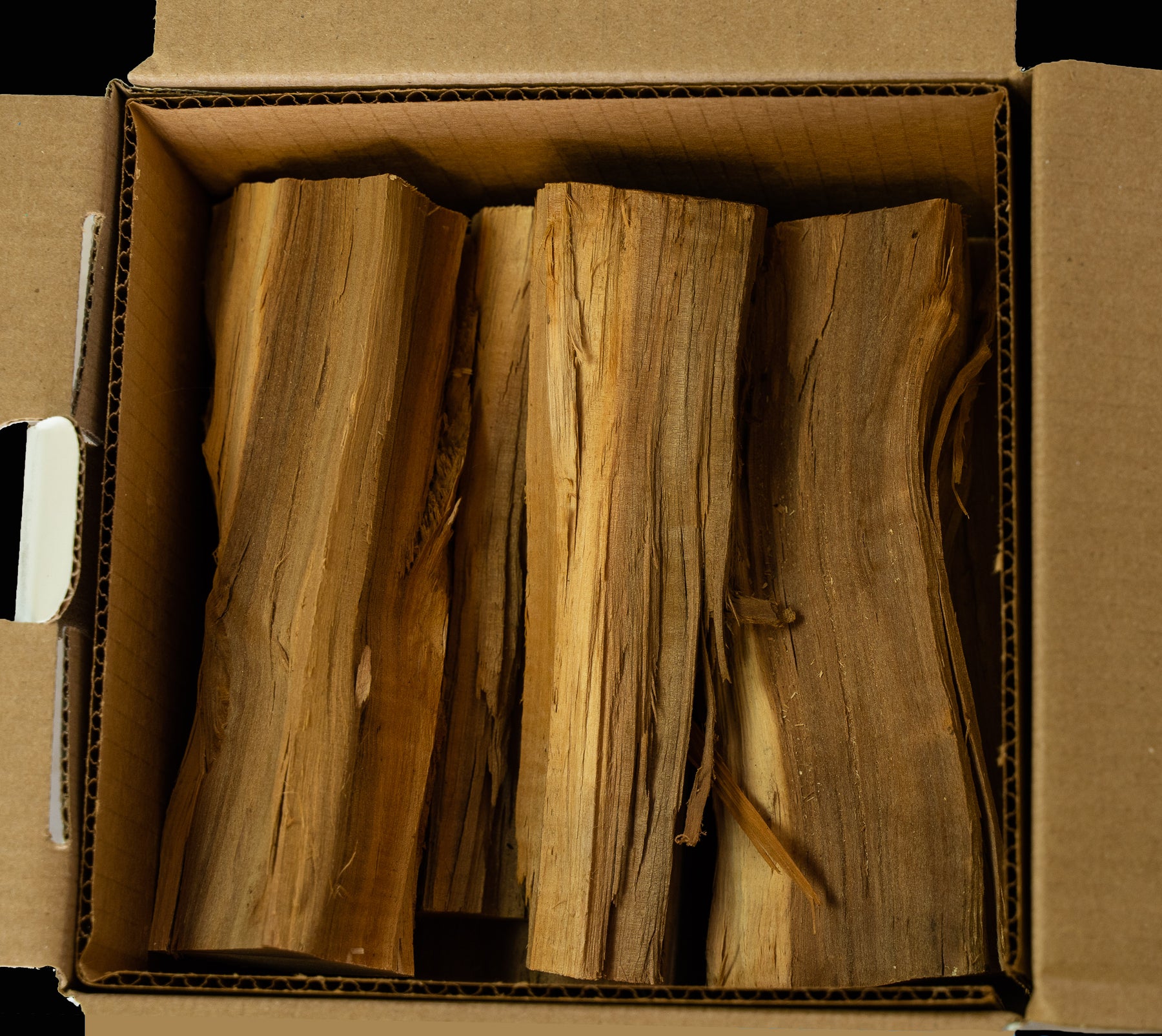



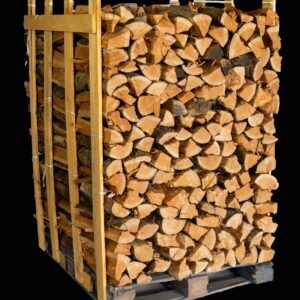
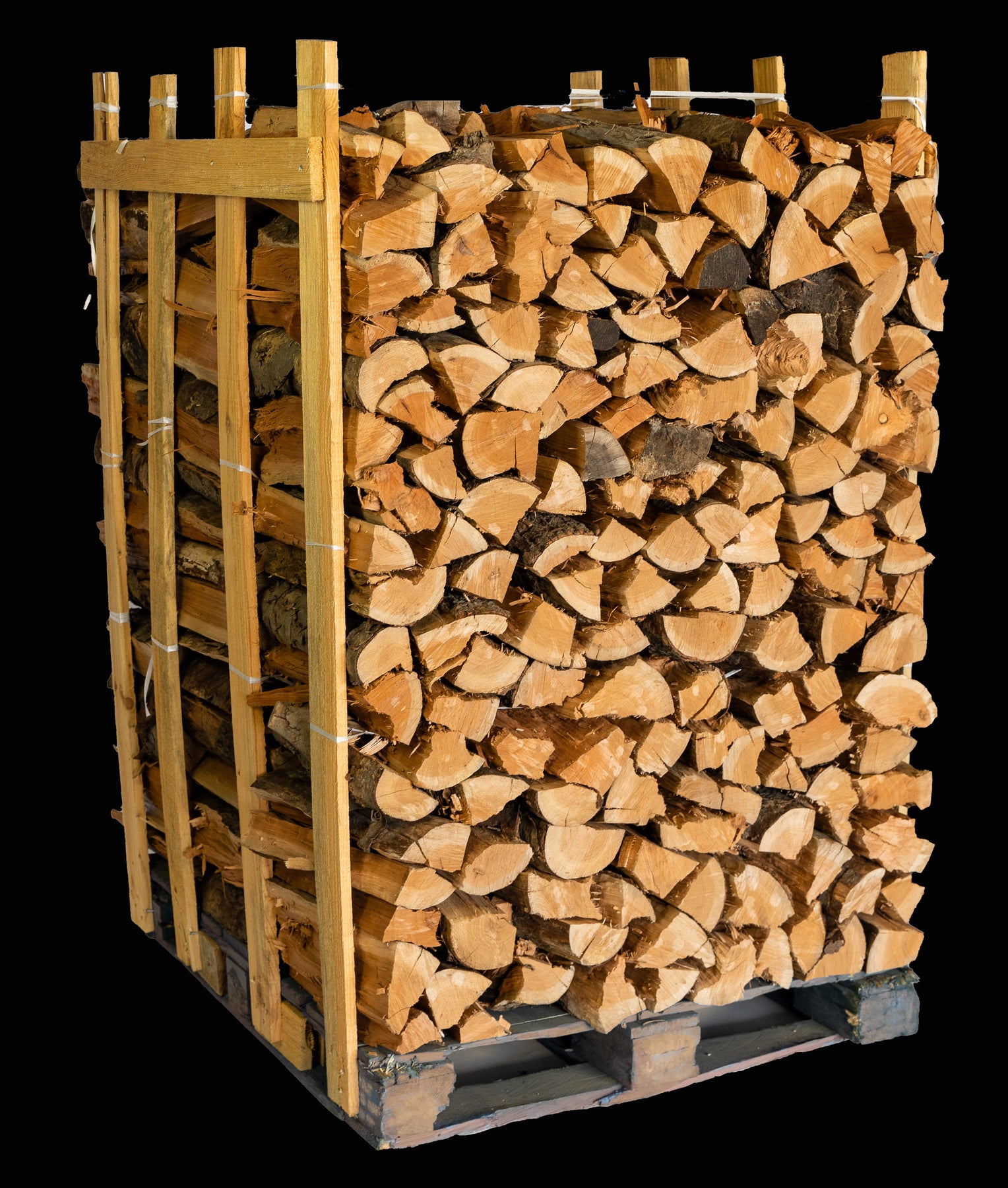
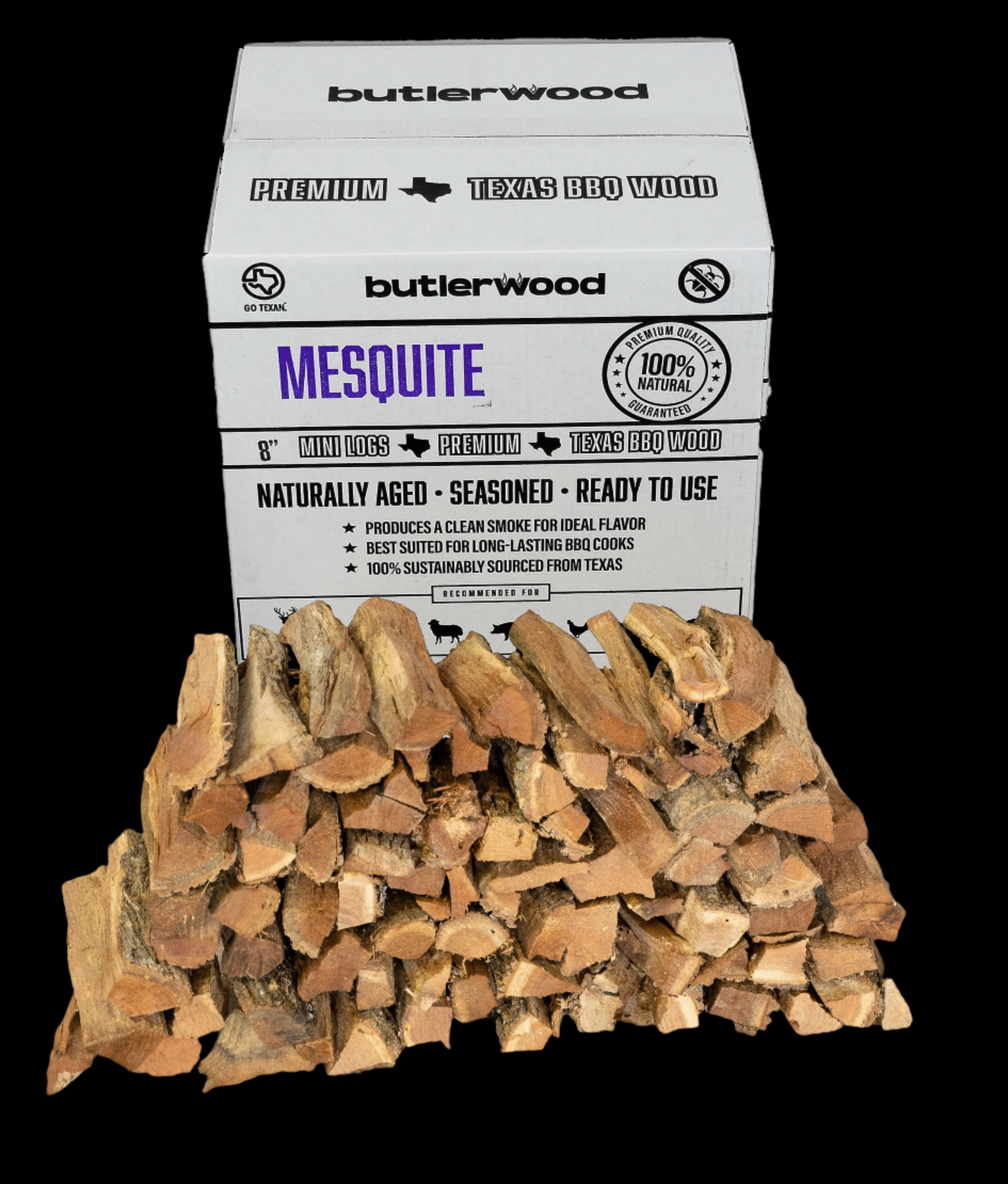


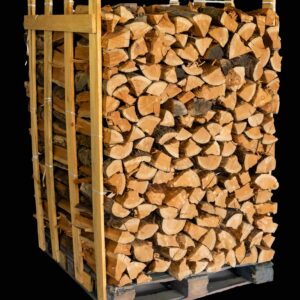
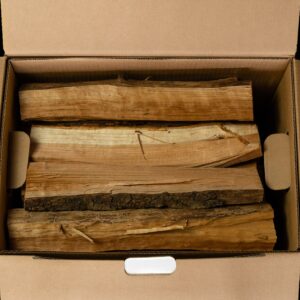


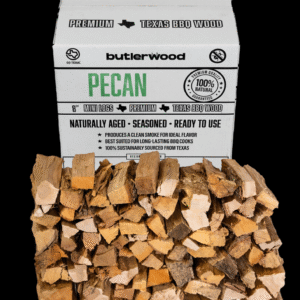
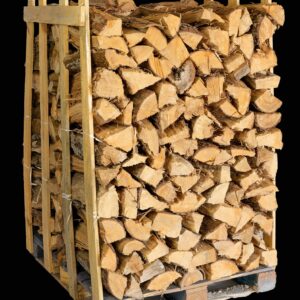



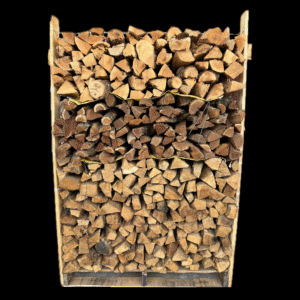
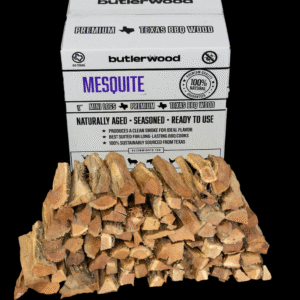
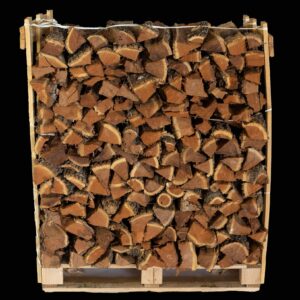
Be the first to review “Apple Wood”